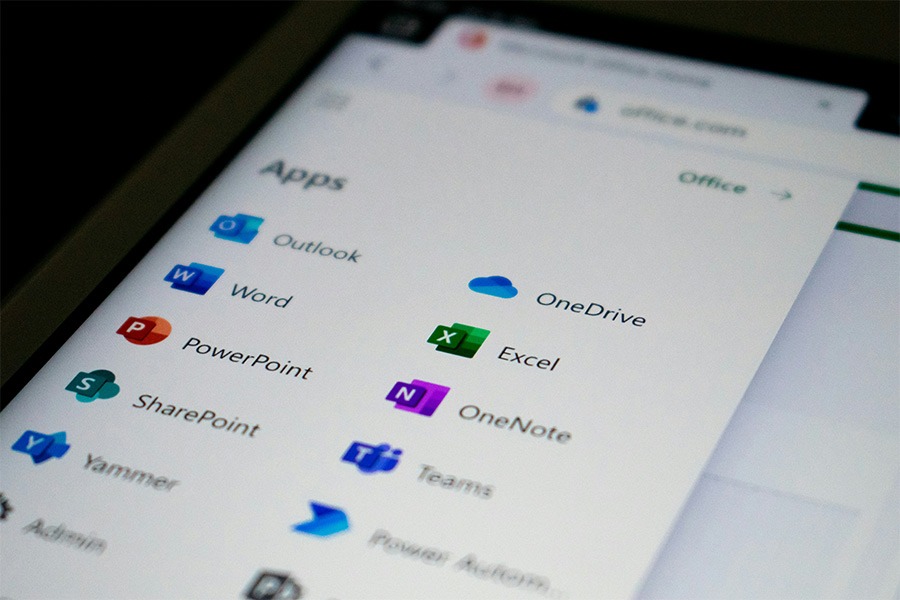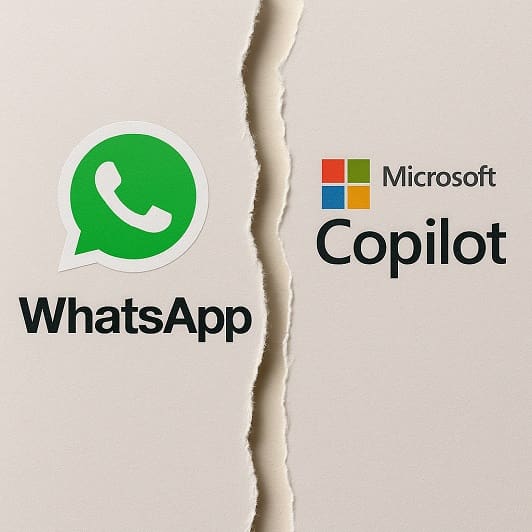If you’ve ever found yourself wondering whether to save a document in OneDrive or SharePoint, you’re definitely not alone. In fact, it’s one of our most frequently asked questions. Both tools are part of Microsoft 365 and their descriptions look almost identical offering cloud storage, file sharing & collaboration tools. So, what’s the difference between OneDrive and SharePoint?
OneDrive and SharePoint are designed for two very different purposes. Understanding how they work together can make your business more organised, secure and productive.
OneDrive: Your Personal Cloud Workspace
The clue is in the name here, with OneDrive being your own private storage area within the Microsoft 365 cloud. OneDrive for One Person, if you will. It’s where you can create and store your personal work files before sharing them with the rest of your team.
Use OneDrive for:
- Drafts, notes, and personal documents
- Files that aren’t ready for team collaboration
- Temporary storage while you work on something solo
Using OneDrive can help prevent things becoming too messy in group projects whilst everyone organises their sections. Only move things out of OneDrive once you’re really to share and collaborate your work with the rest of your team.
Best Practices for OneDrive
Though OneDrive is your own personal storage, it’s very easy to share these files with either SharePoint or other users. Always check who you’re sharing your files with before you click send. And:
- Use “People in your organisation” for internal collaboration.
- Set view-only permissions when recipients don’t need to edit.
- Add expiry dates for shared links on sensitive files.
- Revoke access when a project finishes.
You can also set your files to sync for offline access. The cloud is great for minimising the number of items being stored directly on your device, but keeping a local copy of your files on your device is always handy. Syncing your files to OneDrive means that when you work on files offline, they’ll automatically be synced when you reconnect to the internet.
SharePoint: The Team Collaboration Hub
It’s again in the name; SharePoint is where teamwork happens. It’s a shared space for your department, project or entire company, designed for collaboration and document management.
Every Microsoft Teams channel you create automatically gets a SharePoint site behind the scenes that’s where all those “Files” you share in Teams actually live.
Use SharePoint for:
- Team projects and shared documents
- Company-wide resources (templates, policies, etc.)
- Collaborative work that multiple people need to edit or review
Best Practices for SharePoint
Similarly to OneDrive, make sure that access to your SharePoint is carefully managed:
- Keep permissions as simple as possible (too many custom rules cause chaos).
- Grant access at the site or library level, not individual files.
- Use Microsoft 365 groups for teams to manage permissions automatically.
- Regularly review access lists to ensure only current staff have access.
One of the biggest advantages of SharePoint is its collaboration capabilities, but this can also be one of it’s biggest draw backs if not managed correctly. Multiple files can make things messy, so encourage collaboration, not duplication. Instead of emailing attachments, share links directly to documents stored in SharePoint. This way, everyone works in one version of the file, edits happen in real time and the version history captures all changes.
The Bottom Line
If it’s your own work, save it in OneDrive. If it’s team work, save it in SharePoint.
Used correctly, they’re a perfect pair, helping you stay organised, collaborate effectively and keep your business documents secure and easy to find.
For more tips and tricks or for getting your business set up with Microsoft 365, get in touch with Inventas today.





